SMPS is a widely used device in electrical circuits. It is required in almost industrial and electrical applications for conversion of AC supply into DC supply. DC supply is mostly required nowadays in field instruments and devices used for automation, microprocessors, and other low-power equipment.
With the advance of low-size circuits, SMPS makes a very crucial part in the working of electronic devices. SMPS has many types and we must have proper knowledge when selecting the right one. In this post, we will see the various types of SMPS.
What is SMPS?
SMPS means switched mode power supply. Basically, it uses high-speed switching transistors, diodes, and other electronic devices to convert unregulated or regulated AC supply into regulated DC supply. So, it is a power supply that can be used for applications that require a regulated DC supply. And because high-class electronic circuits require a proper flow of power supply without any surges or spikes, SMPS serves as the best option for them.
Refer to the below image for understanding its basic working. As discussed before, a switching semiconductor is required to provide a regulated DC supply by switching the supply voltage frequently. If there was no semiconductor, then you would surely get a DC supply; but it would not be regulated.

The output will be variable and this can harm the load if the variations are too high. So, if we use a semiconductor, it will supply current to a capacitor which does the smoothing action, by constantly switching on and off. This constant switching of the capacitor in a proper time and duty cycle will result in a constant voltage output across the capacitor.
The input AC supply is first fed to a rectifier circuit, which gives a DC output. This output will be unregulated. This output is then fed to a circuit of high-speed semiconductors. The semiconductor in SMPS doesn’t continuously stay in saturation or fully ON state but rather switches between fully ON and fully OFF states at a very high frequency. Hence the name Switching Mode Power Supply. The switching action is mostly done by pulse width modulation.
Types of SMPS
The basic types of SMPS are as follows:
- Buck SMPS
- Boost SMPS
- Fly-back SMPS
- Forward SMPS
Buck SMPS (Non-isolated)
Buck SMPS comes in the non-isolated category of SMPS (where input and output circuitry are not isolated). The buck converter is a circuit that is used to convert a DC input voltage (the output of the rectifier) from a higher value to a lower value.
So, basically, it can be termed a step-down converter. This means it is designed to produce a dc signal as its output that possesses a lower magnitude than the applied input.
Boost SMPS (Non-isolated)
The boost converter is a circuit that is used to convert a DC input voltage (the output of the rectifier) from a lower value to a higher value.
So, basically, it can be termed a step-up converter. This means it is designed to produce a dc signal as its output that possesses a higher magnitude than the applied input.
Fly-back SMPS (Isolated)
Fly-back SMPS comes in the isolated category of SMPS (where input and output circuitry are isolated). The fly-back converter is a type of SMPS that uses a mutually coupled inductor, to store energy when current passes through and release the energy when the power is removed.
In a typical application, a switching device such as a transistor is turned on and off usually by a pulse-width-modulated signal. A transformer is used to forward and reverse the polarity and isolate the input and output circuits.
The transistor switching on and off will accordingly forward or reverse bias the diode in the output circuit; which will make the capacitor supply current to the load in either charging or discharging condition.
Forward SMPS (isolated)
As discussed earlier for a buck converter, this forward converter is an extension of this type, with the integration of a transformer. If the transformer has multiple output windings, you can even increase or decrease the output voltage.
Forward SMPS working is opposite to the fly-back converter, where the polarity of primary and secondary windings are similar here. When current is supplied by a transistor, the diode is forward biased in comparison to fly back one where it was reverse biased; and when current is removed, the diode is reverse biased in comparison to fly back one where it was forward biased. Here too, the capacitor is in charge of supplying a regulated output to the load.
If you liked this article, then please subscribe to our YouTube Channel for Electrical, Electronics, Instrumentation, PLC, and SCADA video tutorials.
You can also follow us on Facebook and Twitter to receive daily updates.
Read Next:
- What is a Wet Contact?
- Preventive Maintenance of VFD
- Why 24 Volts DC Power Supply?
- Commissioning and Testing of PLC
- Automation Engineer Troubleshooting
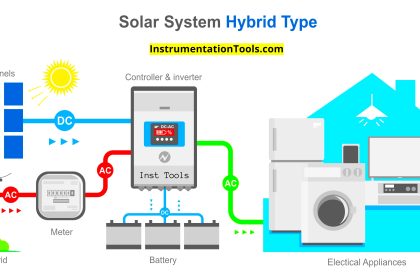
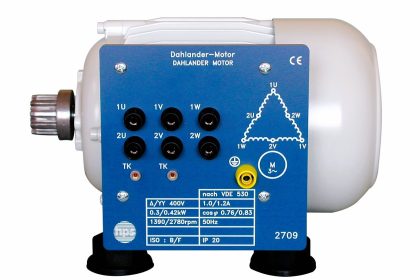
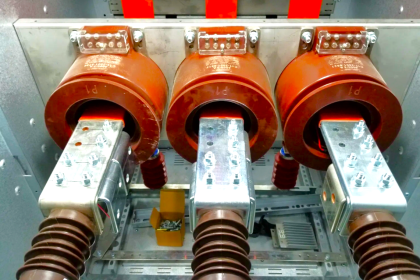
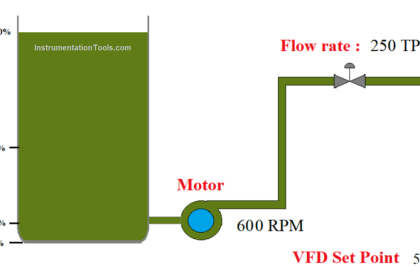
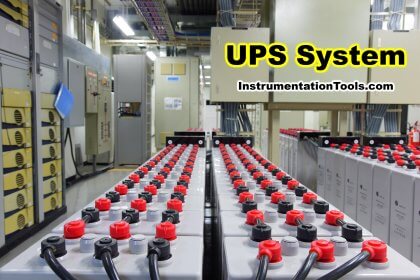

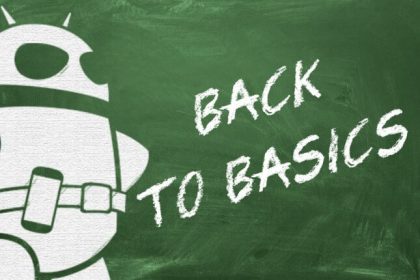
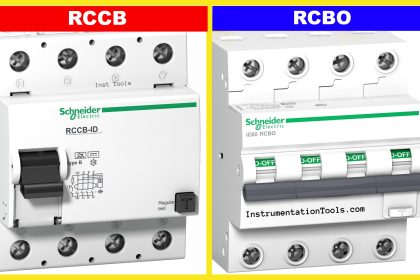

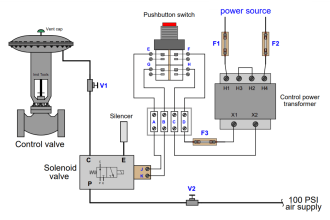
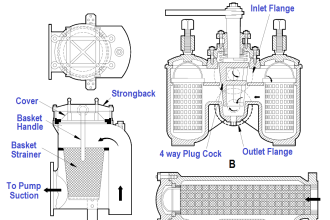
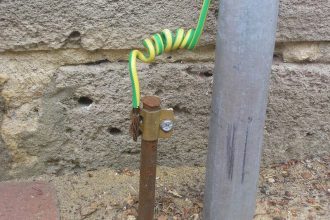

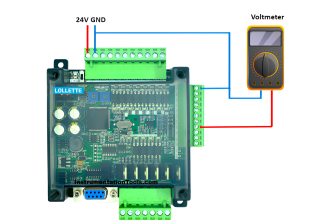
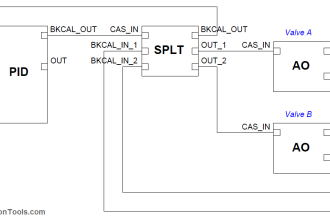
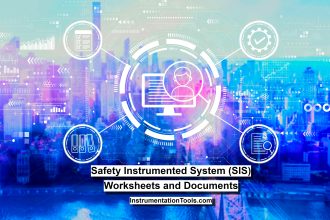

Excellent teaching.compititive exams useful.more ever knowledge improvement this type activitys